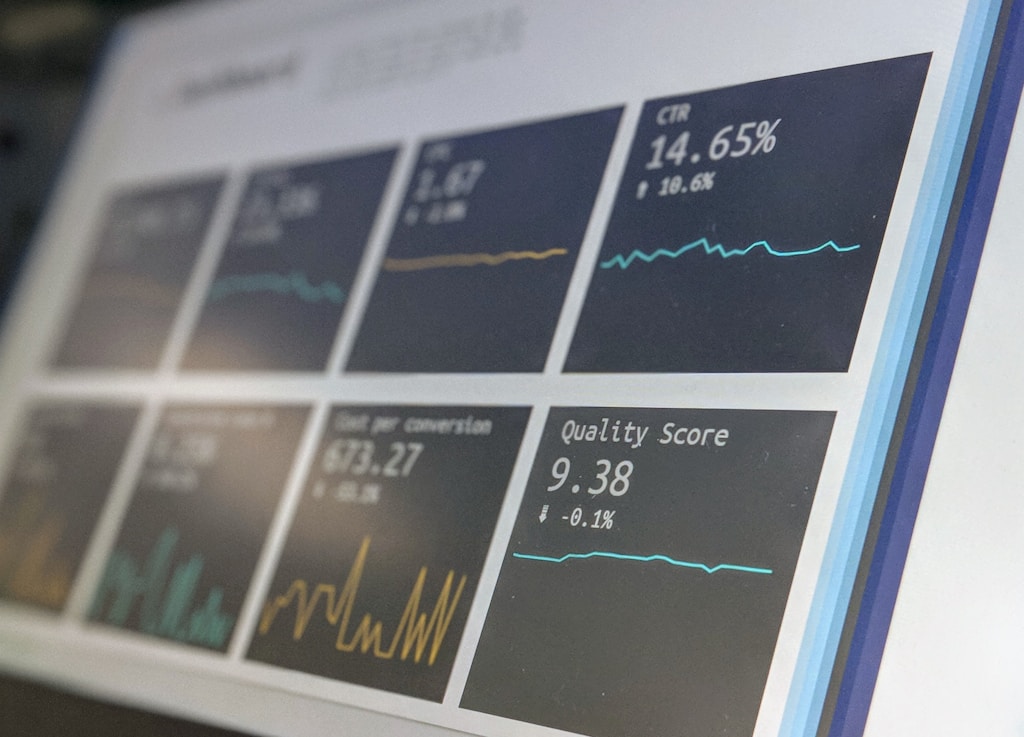In a groundbreaking development for cryptocurrency adoption in Central America, Banco Industrial, Guatemala’s largest financial institution, has integrated Sukupay’s crypto-based payment solution to revolutionize its remittance services. This strategic move aligns with recent predictions about stablecoins eliminating trillions in global transaction costs, as the bank now offers cross-border transfers for a remarkably low flat fee of $0.99.
Key Highlights of Banco Industrial’s Crypto Integration
- Flat fee of $0.99 for all remittance transfers
- Direct bank account deposits for recipients
- Powered by Sukupay’s crypto payment infrastructure
- Potential to serve Guatemala’s $18B annual remittance market
Revolutionary Impact on Remittance Costs
Traditional remittance services typically charge between 3% to 7% per transaction, making the $0.99 flat fee structure a game-changing development for millions of Guatemalans receiving money from abroad. This dramatic reduction in costs could save recipients hundreds of dollars annually in transaction fees.
Frequently Asked Questions
How does Sukupay’s crypto-based remittance system work?
Sukupay utilizes blockchain technology to facilitate cross-border transfers, converting fiat currency to cryptocurrency for transmission and then back to fiat for recipient withdrawal.
Will this service be available to all Banco Industrial customers?
The service is being rolled out to all Banco Industrial account holders, with plans for gradual expansion across the bank’s entire network.
What cryptocurrencies are used in the transfer process?
While specific details haven’t been disclosed, the system likely uses stablecoins to minimize volatility risks during transfers.
Market Implications and Future Outlook
This implementation represents a significant milestone in the practical application of cryptocurrency technology in traditional banking services. As more financial institutions observe the success of this initiative, we may see similar adoptions across Latin America and other regions with high remittance volumes.






